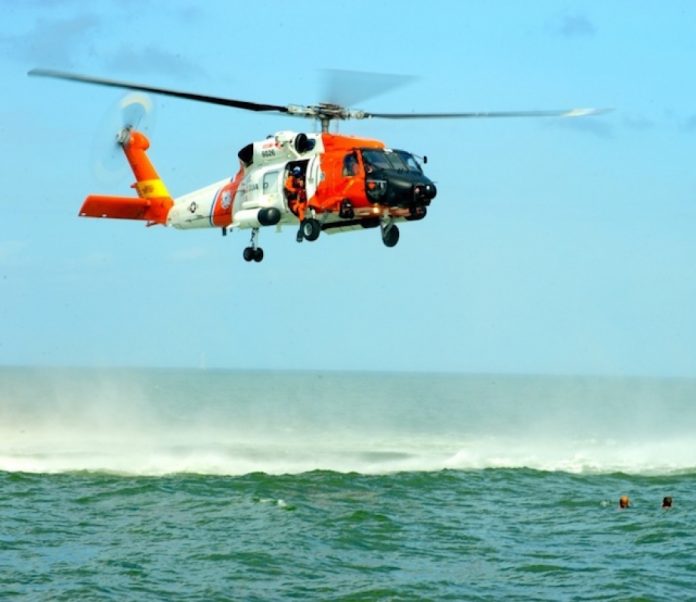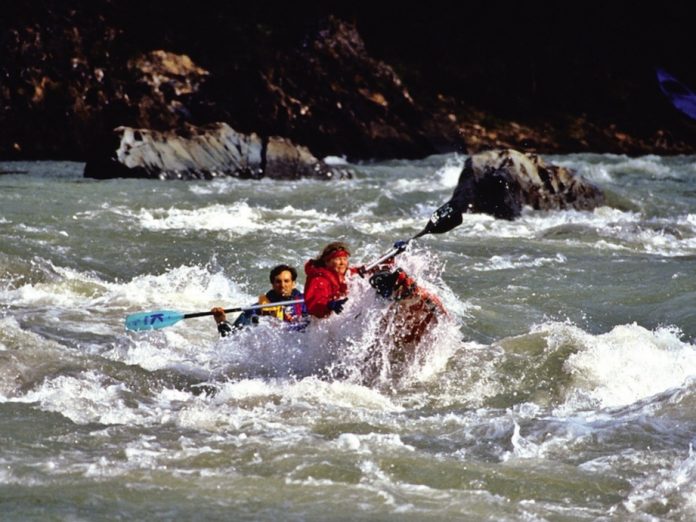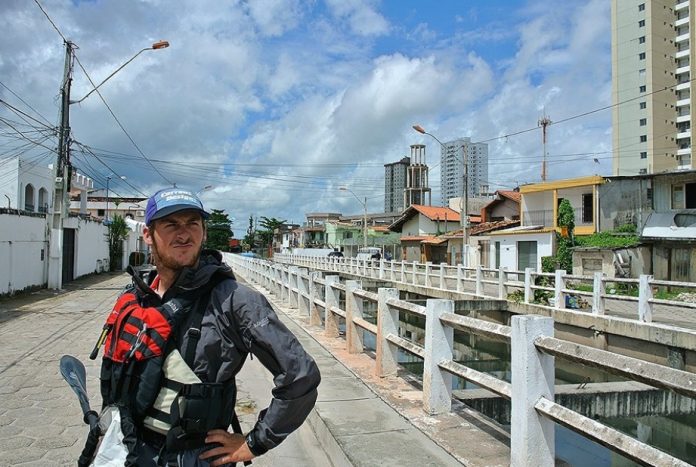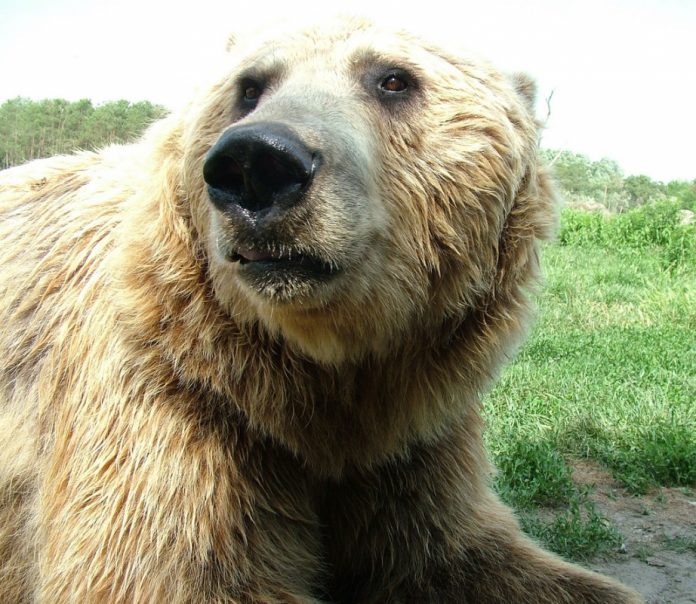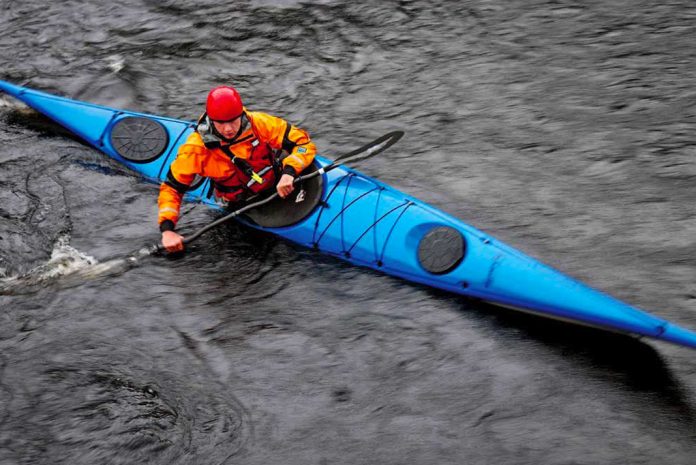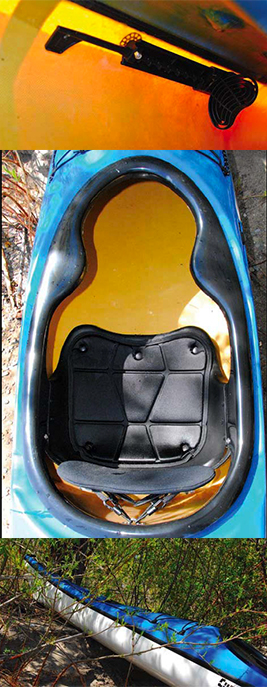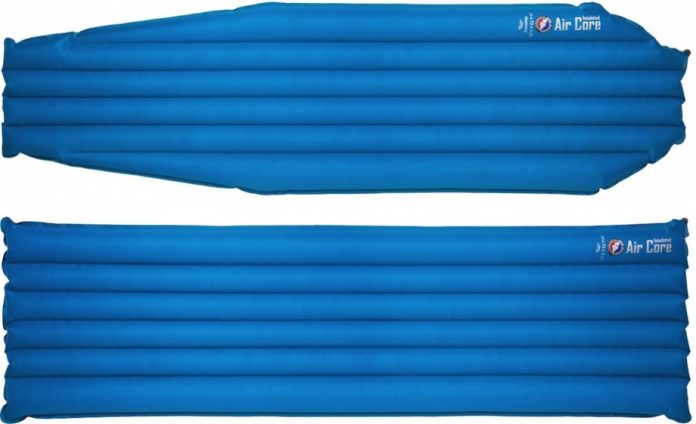The 57th running of the Des Plaines River Canoe and Kayak Marathon takes place on May 18, 2014 in northern Illinois Lake and Cook Counties.
Founded in 1957 by Ralph Frese, it is the second longest running competitive race in the United States. The 19-mile long race usually reaches its capacity of 1000 boats.
Having participated in this event myself, both as a paddler and volunteer, I can honestly state that it is a paddle for everyone: from the biceps strutting, Camelback-energy-drink-sucking, serious competitor, to one couple I once saw stopping along the way to cook their hotdogs on a small portable grill along the bank – the key is that everyone who finishes before the official close of the event around 5 pm gets their desired and well deserved embroidered patch and has a great time along the way.
Thinking about participating? Sign up at www.canoemarathon.com. Boat numbers, and therefore start times, are assigned by the registrar in the order that registrations are completed, with an effort made to accommodate special requests to assign multiple boats to the same heat if you want to paddle with your friends. Once registered, you will get all necessary instruction on what you need to do to participate in the event. But be sure to sign the waiver, and if you have a tandem partner, make certain he/she signs it as well.
On event day, when you get to the start line, drop your boat and gear, and then take your car to the finish line where, thanks to the efforts of the event organizers and a grant from the Cook County Forest Preserve, you can hop on the free shuttle bus to bring you back to the start line. But plan your timing accordingly.
Starts take place in heats of 8 – every two minutes apart. While awaiting the start of your heat, you grab the “Ready Line” hanging from a rope across the river and wait for the start call “5,4,3,2,1 GO!” Watch out for the wake created by the canoes and kayaks paddled by the serious pros, although these most often insist on having the first start times (they like to get up early).
Along the way on the river, even with hundreds of boats, there are times you may not encounter another paddler and are able to enjoy the beautiful scenery. The Des Plaines River is a natural resource in the greater Chicago metropolitan area and in the spring, wildflowers and blooming shrubs can be seen along the banks; signs of beavers on circled tree trucks are plentiful, and if you are lucky, a heron may guide you down the river as well; maybe you can even spot an occasional deer.
The early part of the course is narrow and winding with little, if any evidence of woody and trashy debris which is usually cleared previously in preparation for the event. One of the mandatory portages, the Ryerson Dam, was removed a few years ago, but, depending on water levels; expect to still encounter one or more additional portages.
Along the way, you will also see signs on the bridges that are marked with “miles to go”. You will also meet volunteers from the Paddlers’ Patrol stationed near a few of the more challenging sections ready to render assistance if needed (infrequently). Often there is a line of boats waiting to portage the Dam #1 in Wheeling. You will also paddle past the cement flood-control walls installed recently near the Executive Airport, past the Forest Preserve’s Trailside Museum and finally you will reach the long-awaited “sprint” to the Finish Line.
This is where you will be rewarded for your effort: food, drink, music, pick up your t-shirt (preordered), get your embroidered patch, maybe even a medal or trophy (if you have large biceps) and socialize with friends, family and feel really good about yourself for having participated in the 57th Annual Des Plaines Canoe and Kayak Marathon. If you are reluctant to paddle the entire 18.5 mile course, there is a shorter alternative available as well. Details on www.canoemarathon.com. ——Sigrid Pilgrim




